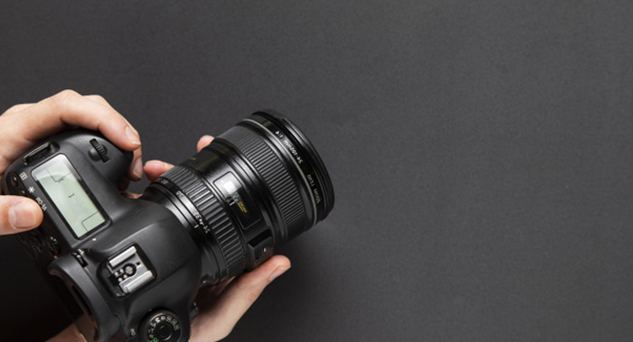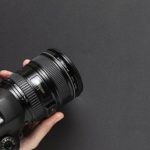
The event planner’s guide to AV
How many presenters? Are there panels?
Start with the basics of your agenda. Having a rough idea of how many presenters you’re going to have over the course of the event is going to immediately start shaping your audiovisual needs. If your general session only has one presenter for the entire time, that’s very different from an all-day conference with multiple presenters.
How many presenters you’re going to have on stage at one time is the other major factor. Will your speakers be going up one at a time? Or will the CEO and the CFO be co-presenting? Will there be a panel discussion? If so, how many people are going to be on it?
Will there be presentations or video?
Once you’ve got a rough idea of who’s going to be presenting, the next question is whether or not they’re going to have some kind of presentation. Will they have a PowerPoint, Keynote, or another type of presentation? Is that presentation likely to have audio contained within it? Is there a video that needs to be played to open the session? To close it?
Will there be music or sound effects?
This is one that often gets forgotten until the last minute. What’s playing as people walk into the room? During the transition from one presenter to another? And who’s going to provide that music? While many audio techs will have a playlist or two they bring along to all their events, you can’t assume this is the case. It’s also worth noting that it’s against the terms of service and potentially a copyright violation to use streaming services such as Spotify during your event.
How big is the audience?
Or, more specifically, you might ask, “how far away are the audience members?” Is your event an intimate gathering? Or is it a large hall with thousands of attendees? How well are the attendees on the left and right of the audience going to be able to see the stage? The presentations? Is it a deep room? A wide room?
Is it being recorded or live streamed?
More and more events are being live streamed on the internet. Is yours going to be? Will a single camera suffice, or is the footage going to be edited and used later in marketing or other promotions? If so, you might want multiple camera angles to choose from, and will need more than one camera and operator.
Putting it all together
As you were thinking about all of those questions, your mind probably started to put together a rough equipment list. That’s why this exercise is so helpful. By answering these simple questions, you’re now able to start figuring out exactly what audiovisual equipment you’re going to need.
Adding up the number of simultaneous presenters is going to give you the bare minimum number of microphones you need. Determining whether or not you have presentations or video tells you whether or not you need a projector and screen, and that you’ll need a computer or two backstage to run the PowerPoints. If you have a large audience, and/or you’re going to be recording the presentations or live streaming, you’re going to need at least one camera. If you’re showing that feed on the screen and also have presentations, you’re going to need a way to switch between the two. If you’re going to be using the footage for marketing, you might want two or more cameras.
However, rather than trying to generate an equipment list yourself, you could actually write up the answers to these questions and give that to your potential AV vendors instead. This allows them to choose the equipment they feel is best for your event and is also preferable to “cutting and pasting” your equipment needs from previous shows. It tells them a lot more about the type of event you’re putting on–quite a bit more than just an equipment list.



